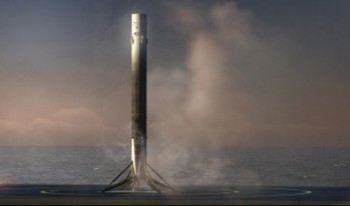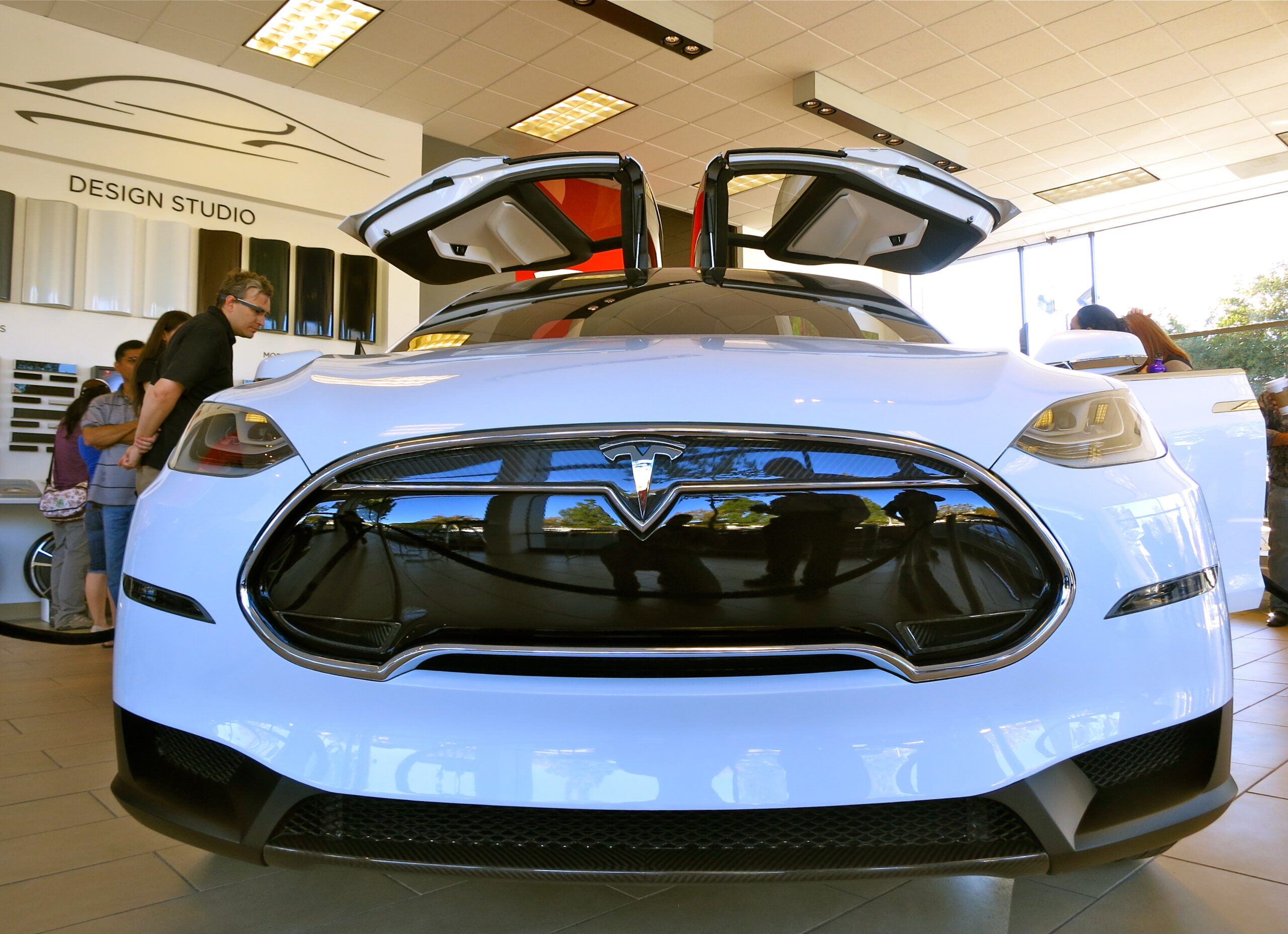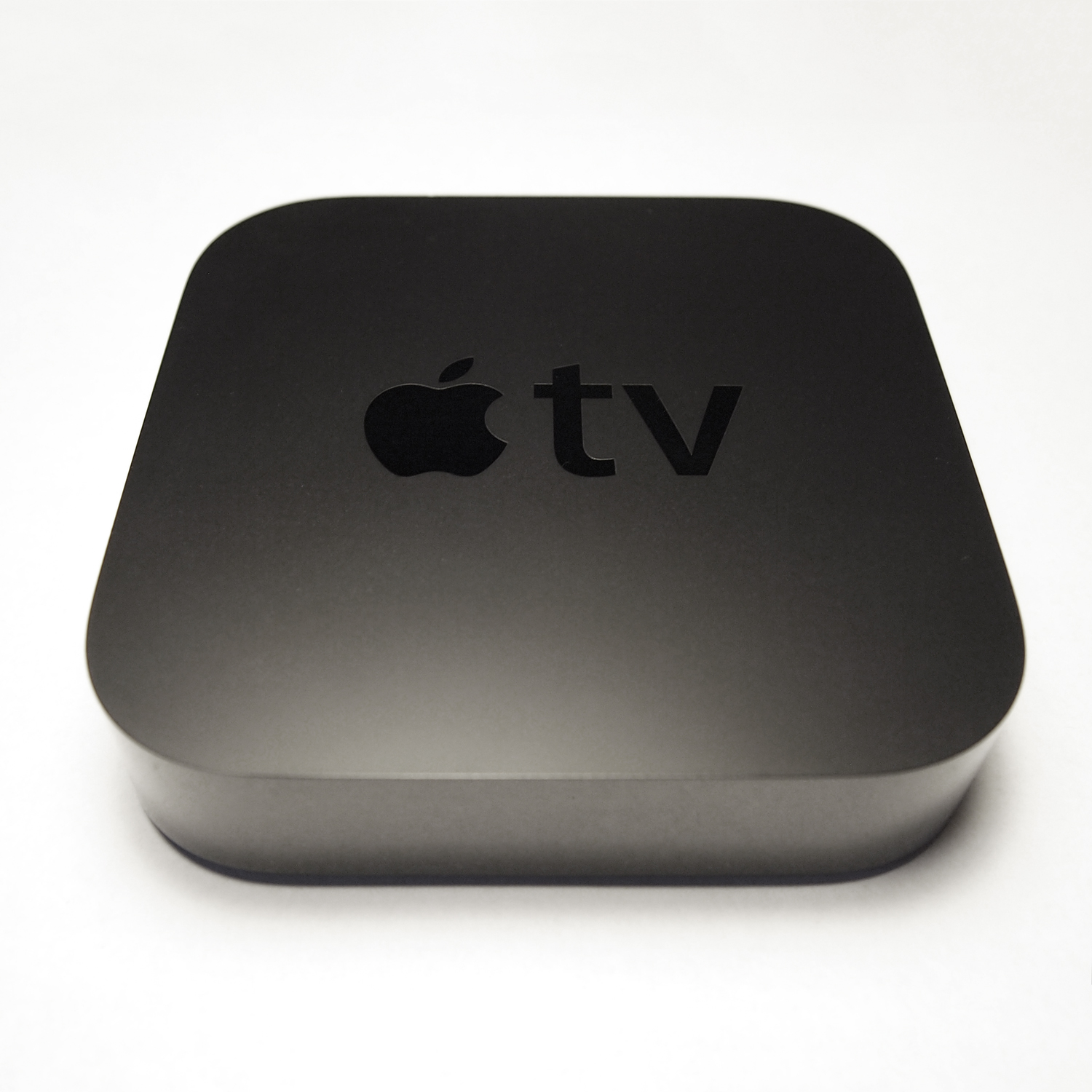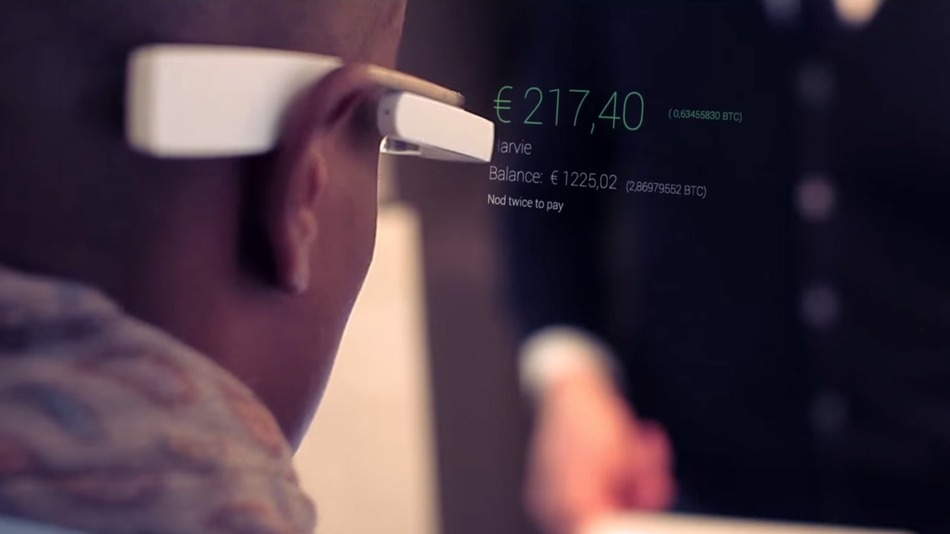SpaceX has been charged with launching the Falcon 9 Rocket and the unmanned Dragon capsule to the International Space Station with cargo. They were originally set to launch Tuesday January 6th but, due to issues with an actuator on the Falcon 9’s second stage, the launch was postponed. Currently, they are expecting to launch early Saturday morning (January 10th).
So, what makes SpaceX’s 5th contracted supply mission to the space station for NASA so groundbreaking? The rocket-reusability test. The main goal of the launch is still to send the Dragon with its 5000 lbs of food, parts, supplies, and experiments to the orbiting lab. But, this time around, they are going to try an unprecedented rocket-landing test. They will attempt to bring the Falcon 9’s first stage back to Earth for a pinpoint landing on a platform in the middle of the Atlantic Ocean.
Have I lost you?
SpaceX’s founder, Elon Musk, believes that recovering and reusing rockets could speed up launches and drive down costs. They are going to take the (most expensive) part of the launch, the rocket, that is normally blown up and destroyed and make it reusable.
From Forbes:
After launching the Dragon supply capsule into space, “The Falcon 9 booster used in the launch was meant to return through Earth’s atmosphere and vertically land on an autonomous spaceport drone ship using hypersonic fins dubbed X-wings to guide it in.
While some spacecraft can already be recycled for use again, the most expensive part of space exploration, the rocket, has always been disposable.”
This is huge news. Although the odds of the first test going through with a positive outcome are about 50/50, “if SpaceX manages to get a reusable rocket going, it will revolutinise the cost of future missions and bring dreams like manned missions to Mars much closer to fruition.”
This will certainly be a tricky landing, as the autonomous spaceport drone ship isn’t actually anchored in place. It is using powerful thrusters to keep it steady. In other words –it’s moving. The rocket itself is a 14 story tall object with a legspan of 70 feet and the drone ship is 300 by 100 feet. It has wings that extend its width to 170 feet.
Basically, it will need to be pretty accurate to stick this landing. The rocket’s return accuracy has tested at about 10km and it needs to be within 10m to be able to land on the spaceport. To gain that accuracy, the rocket will reignite its engines after it separates from the Dragon cargocraft. This will happen for three burns. The plan is its trajectory and slow for a final descent of 2m/s from around 1300m/s. “The four X-wings, so-called because they’re in an X-formation on the rocket, manoeuvre independently for pitch, yaw and roll corrections, which along with engine gimballing, will allow for a more targeted landing.”
If you’d like to watch the launch:
SpaceX’s Falcon 9 rocket and Dragon capsule are now scheduled to blast off from Cape Canaveral Air Force Station in Florida at 4:47 a.m. EST (0947 GMT) Saturday. You can watch the launch live on Space.com, courtesy of NASA TV and SpaceX, beginning at 3:30 a.m. EST (0830 GMT).
Who’s tuning in? Will they stick that landing? Comment below!





